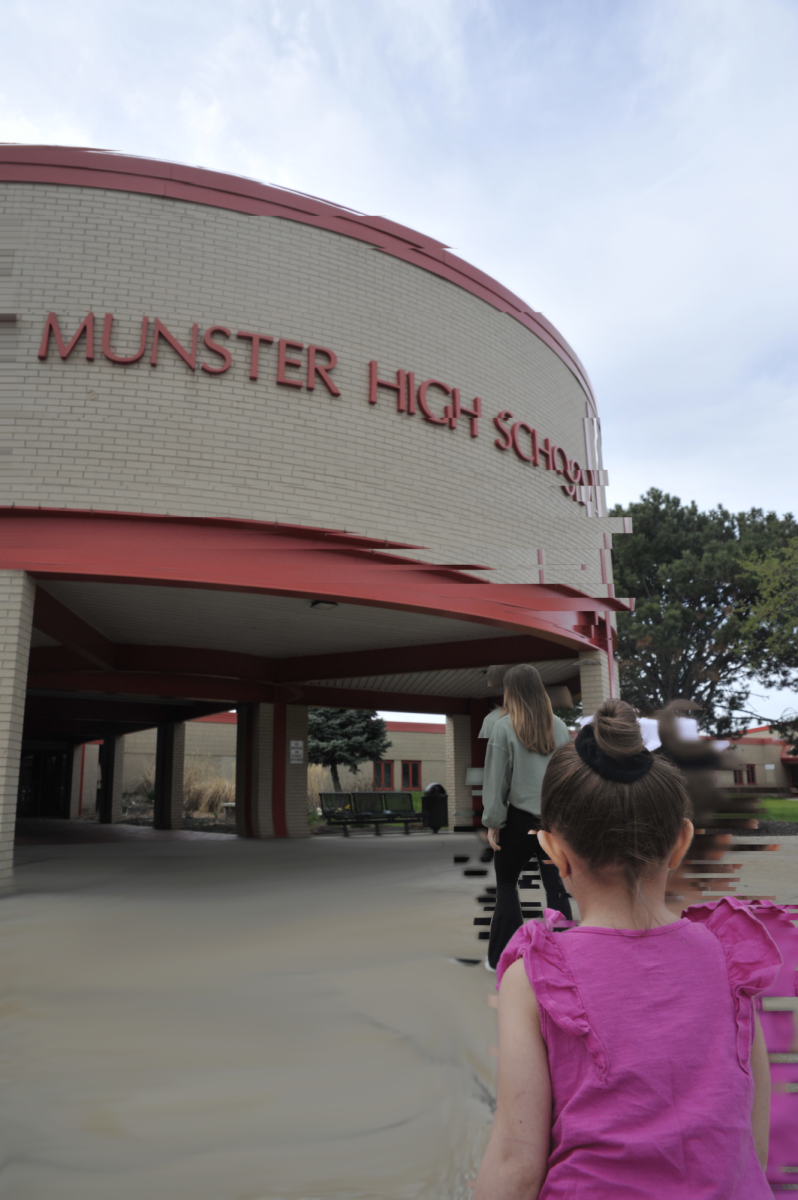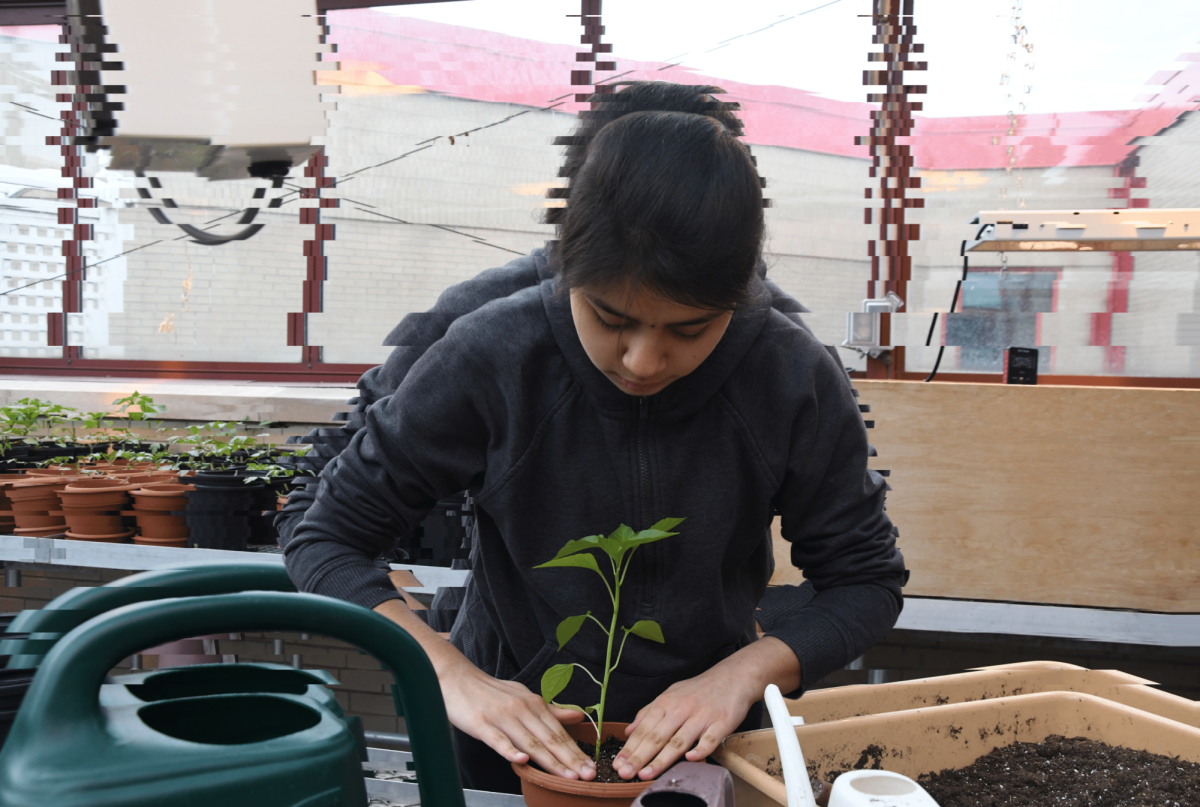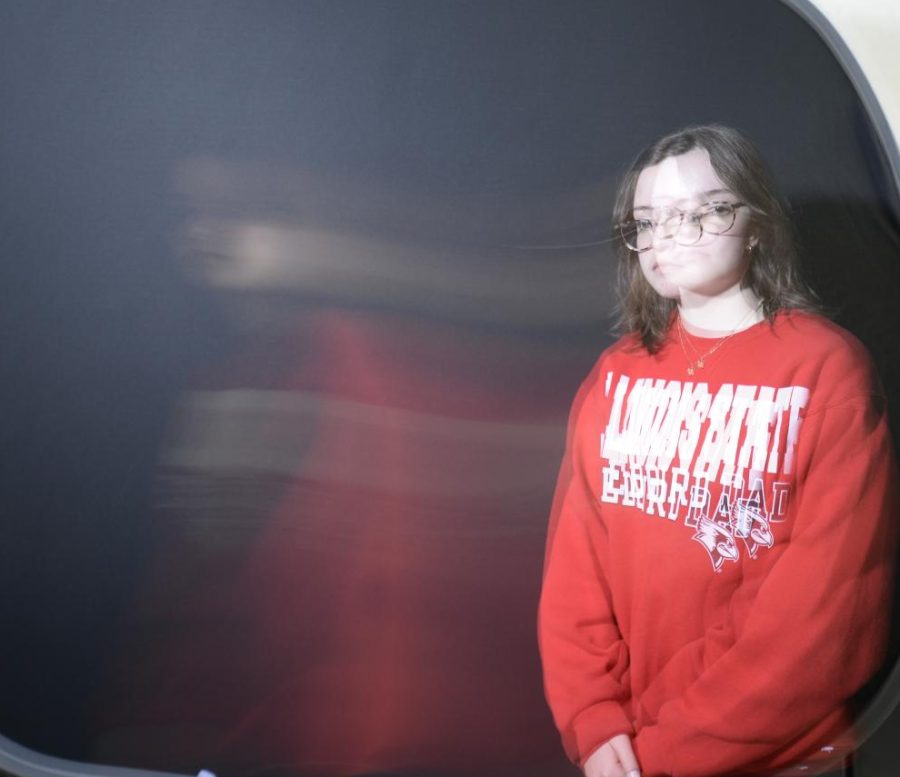Column: Are we hearing each other?
February 24, 2022
“No headphones.” Few phrases sparked such bewilderment in the student body. The backlash ran deeper than the typical aversion to authority that’s expected of us—we needed an explanation, and we weren’t getting it. If it’s not clear why a rule exists, it’s harder to follow—hence the hallways that are still filled with airpod-bedecked students.
Anyone who’s read “Lord of the Flies” or witnessed the South parking lot knows we need rules. But as emerging adults learning to think critically, we’re going to have questions. Why ban headphones during passing periods and lunches? How does this support the school’s mission of “a supportive and intellectually challenging learning environment?” Why are headphones such a priority whilst MHS battles issues like a pandemic, racism, and mental health?
There’s a lot we weren’t told. The kibosh on headphones is not new—it’s been MHS policy ever since the invention of the Walkman. After last year’s eLearning-induced leniency, admin intended this announcement as a warning. They had thought-out reasons, including safety concerns and specific incidents of students failing to hear teachers. Regardless if one agrees this justifies a complete ban, it’s important to know leadership’s perspective.
So, why did this announcement come off as an unreasonable power grab to the student body? The above reasons were not explained. This isn’t about headphones. It’s about communication.
Open communication helps students to not only comply with the rules, but trust the authority making them. According to Harvard Business Review, a study across 195 countries found that engagement improved significantly when supervisors gave daily reports. Workers who trust their administration report 74% less stress, 106% more energy, 29% more satisfaction with their lives, and 40% less burnout. Communication has enormous potential to foster the beneficial learning environment that rules aim to create.
So, how can we achieve this? Rather than relying on parents or teachers, leadership could directly communicate with students via the PA system, or even visit classrooms. Students could take initiative to learn about policies and ask questions. If those in charge are waiting on a decision, they could update us on the process. We could make a more collective effort to utilize social media.
For the most part, Munster students and leaders want the same thing—a quality education in a safe environment. But for students to be fully engaged members of the team that accomplishes this, we need to be informed.





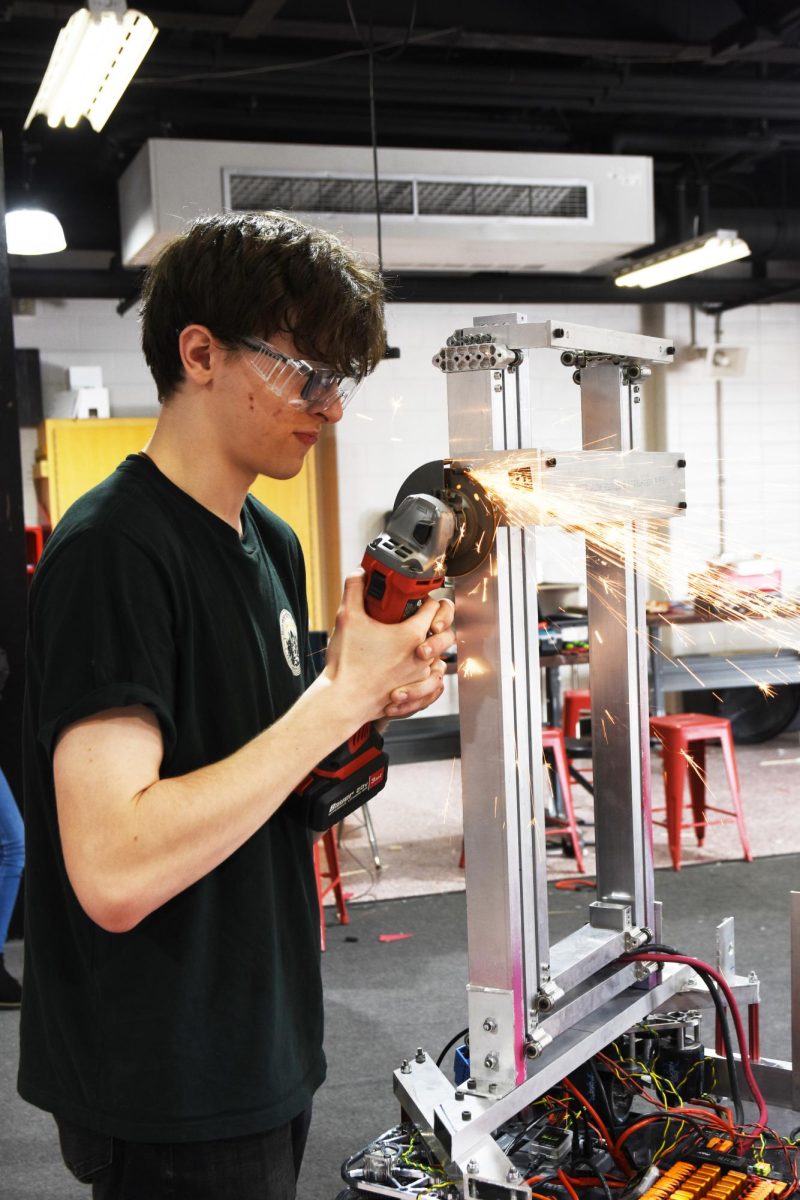




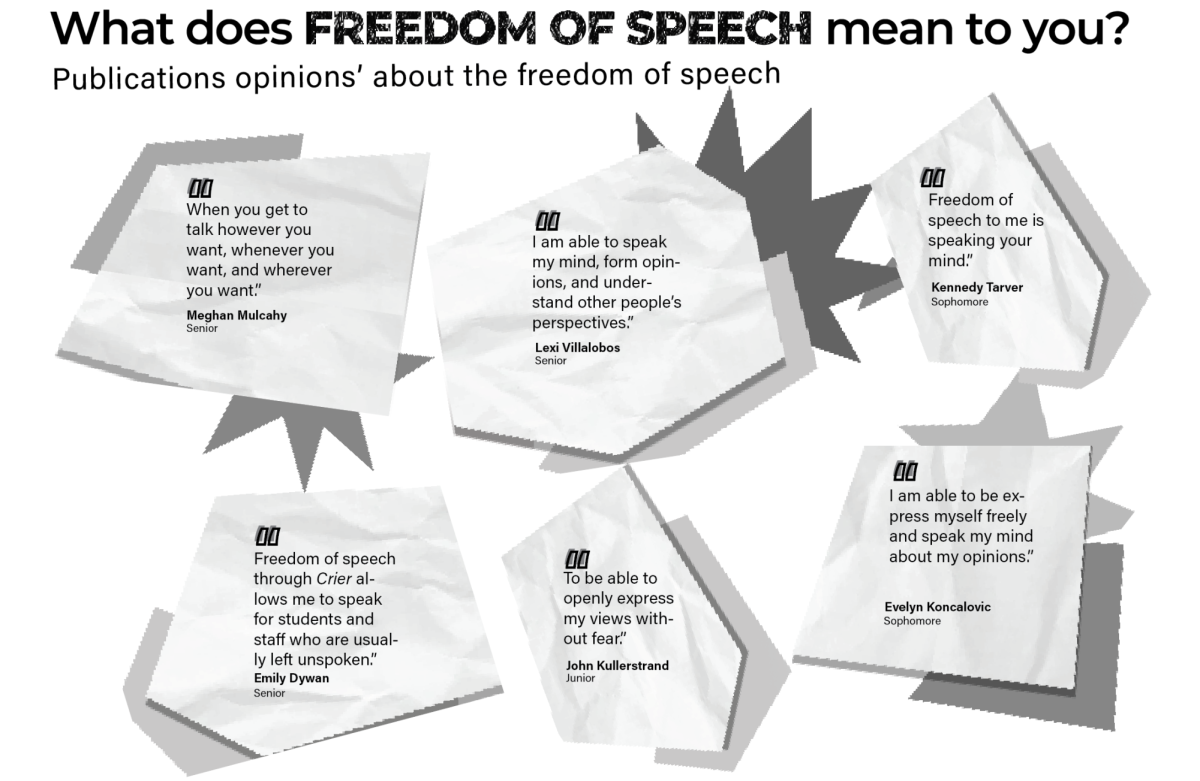





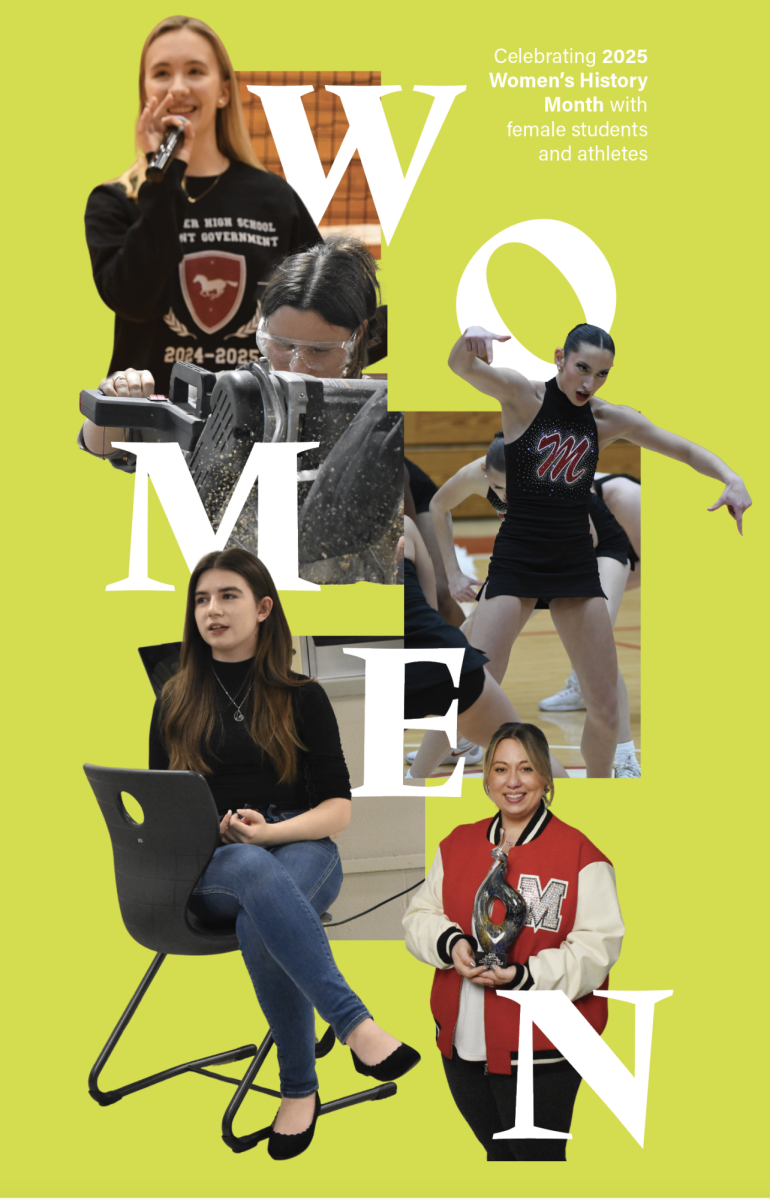
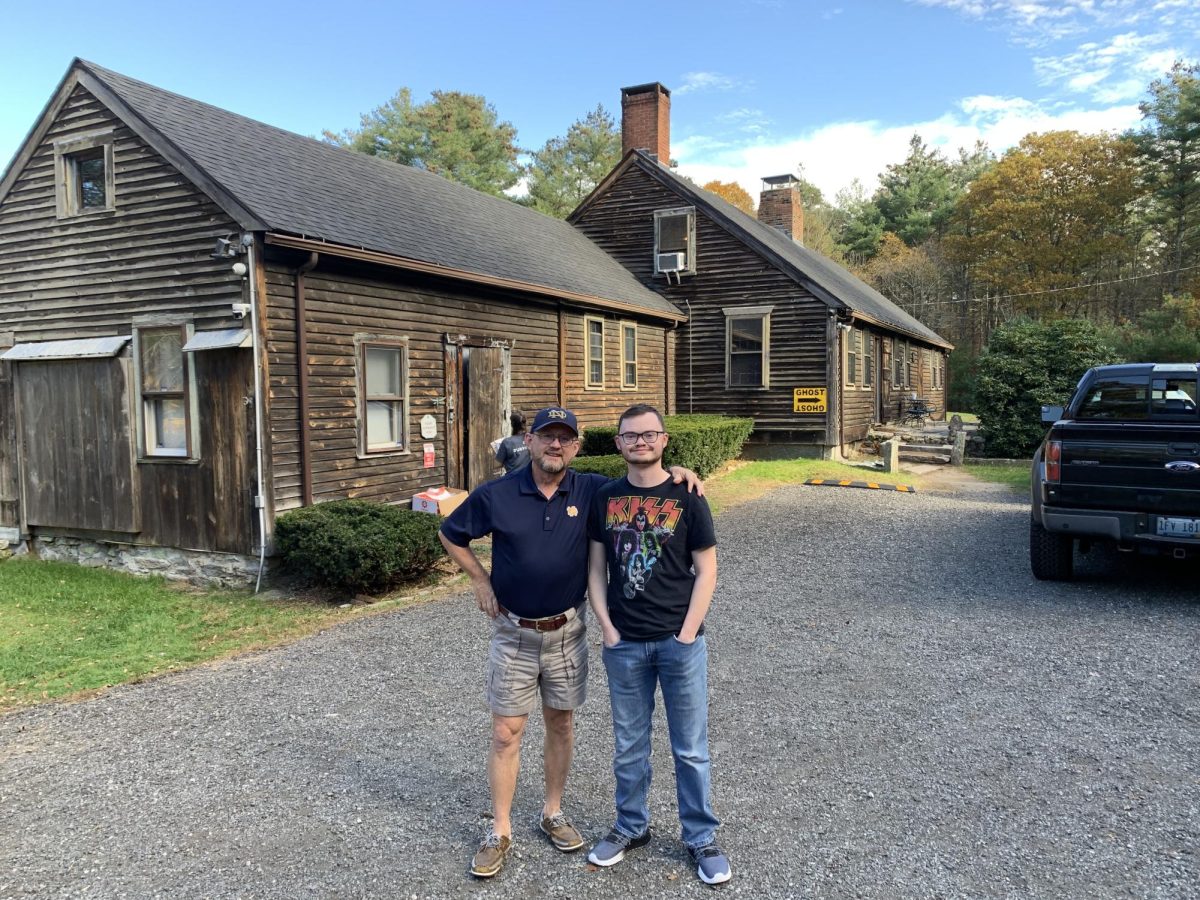
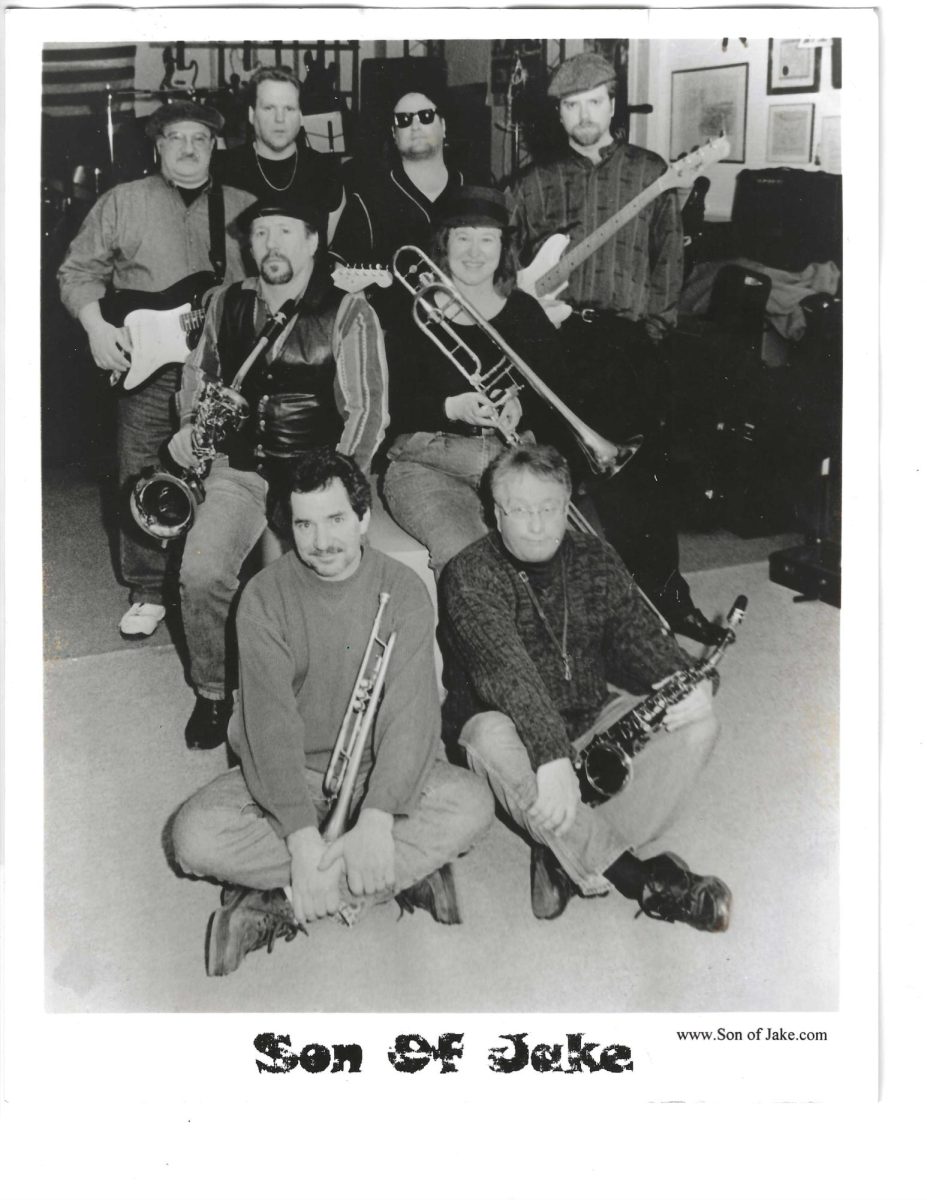


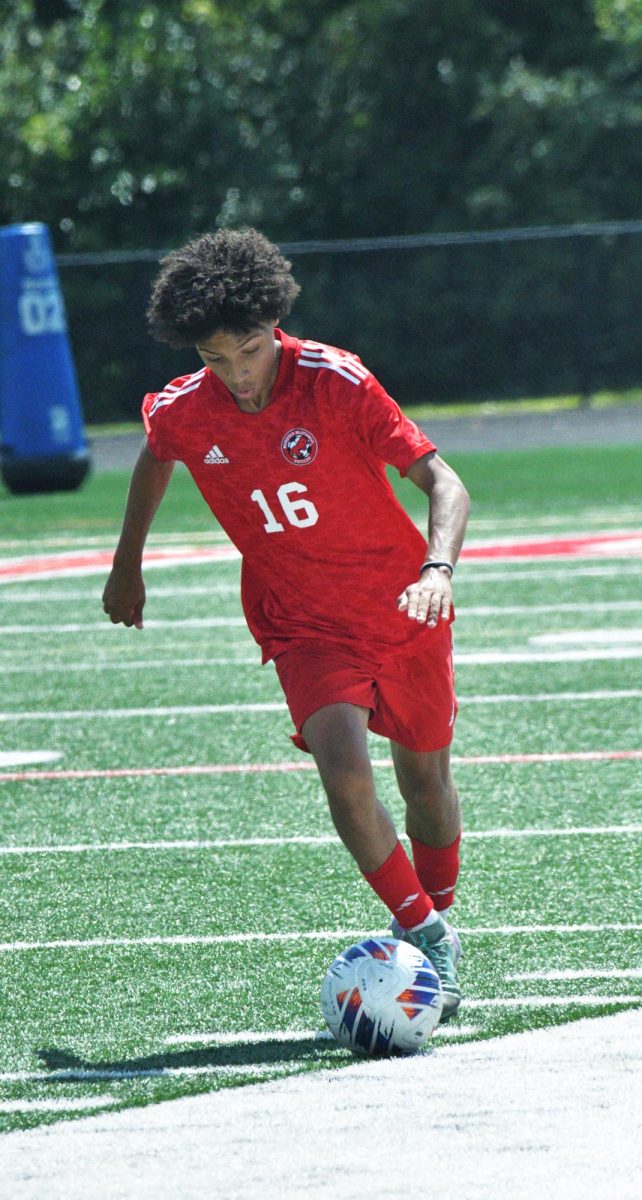




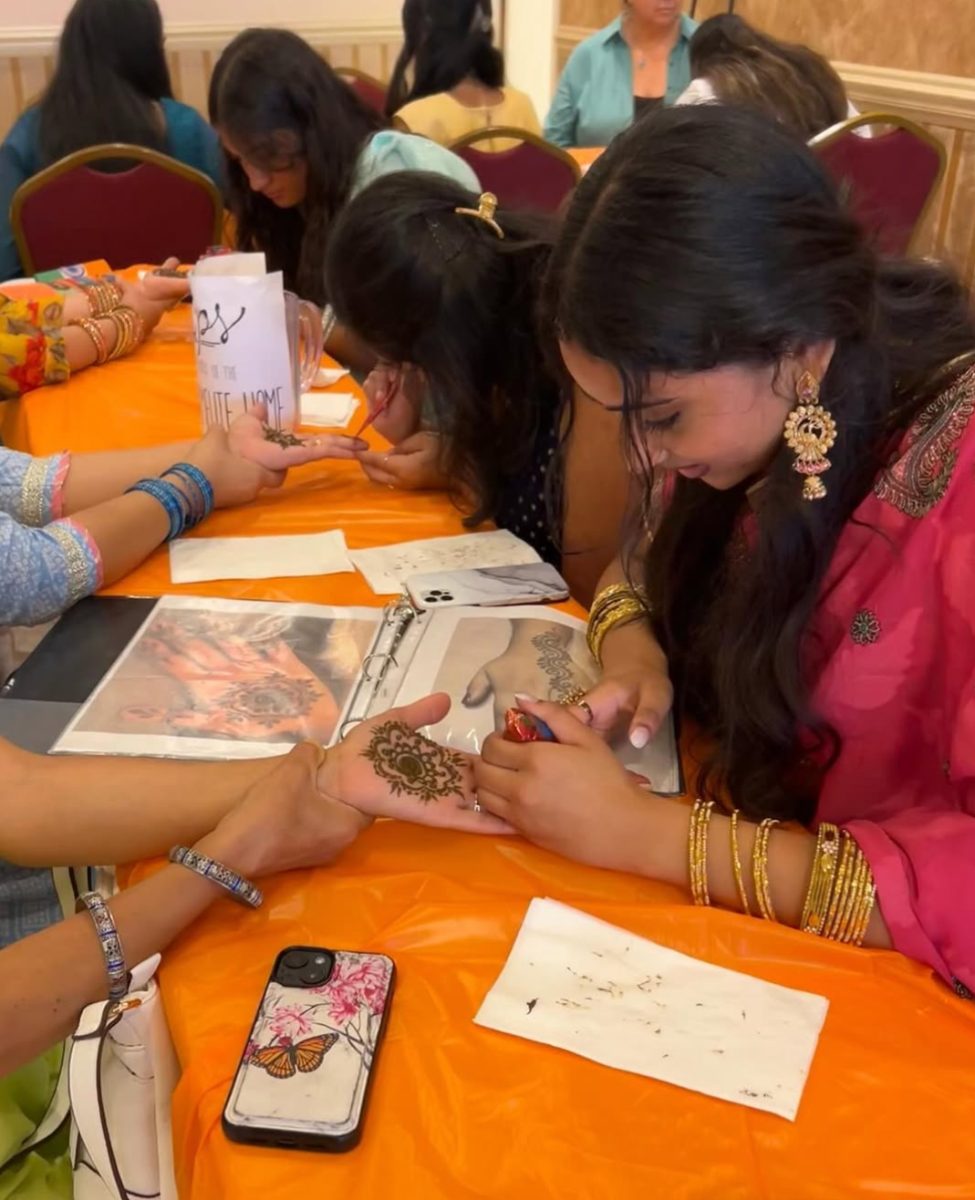

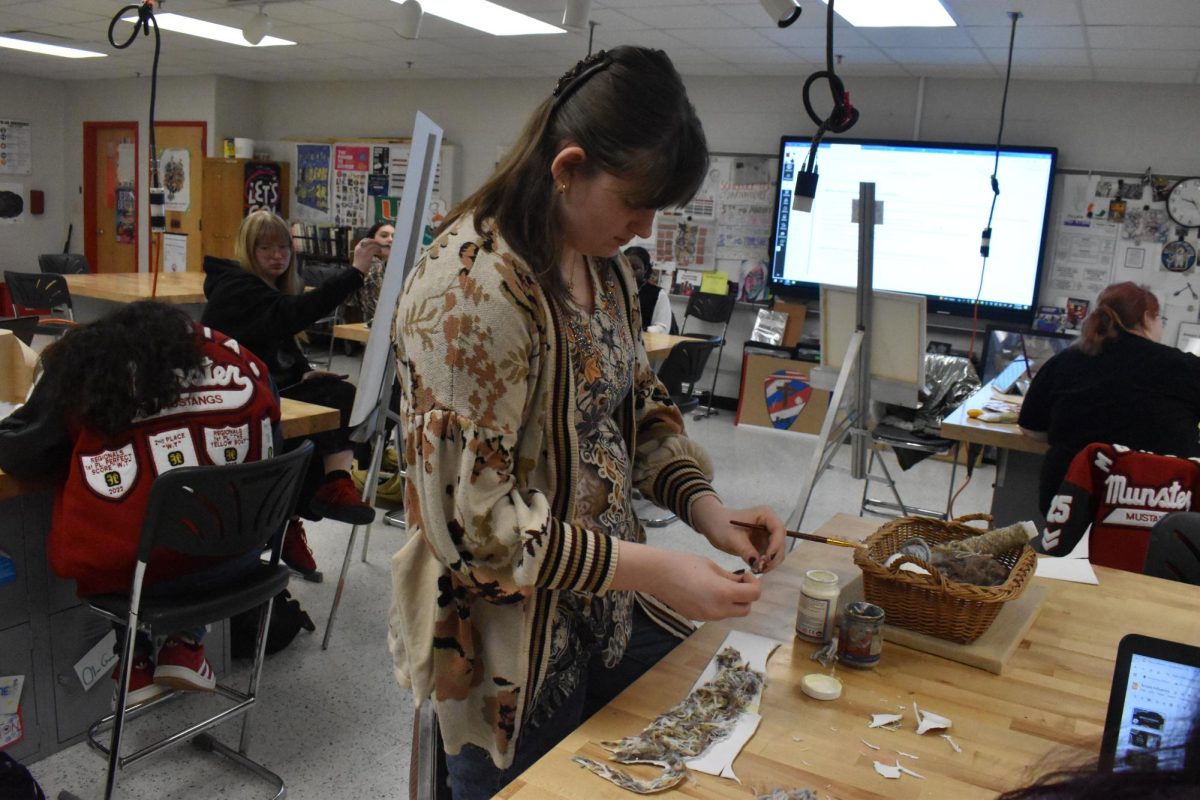

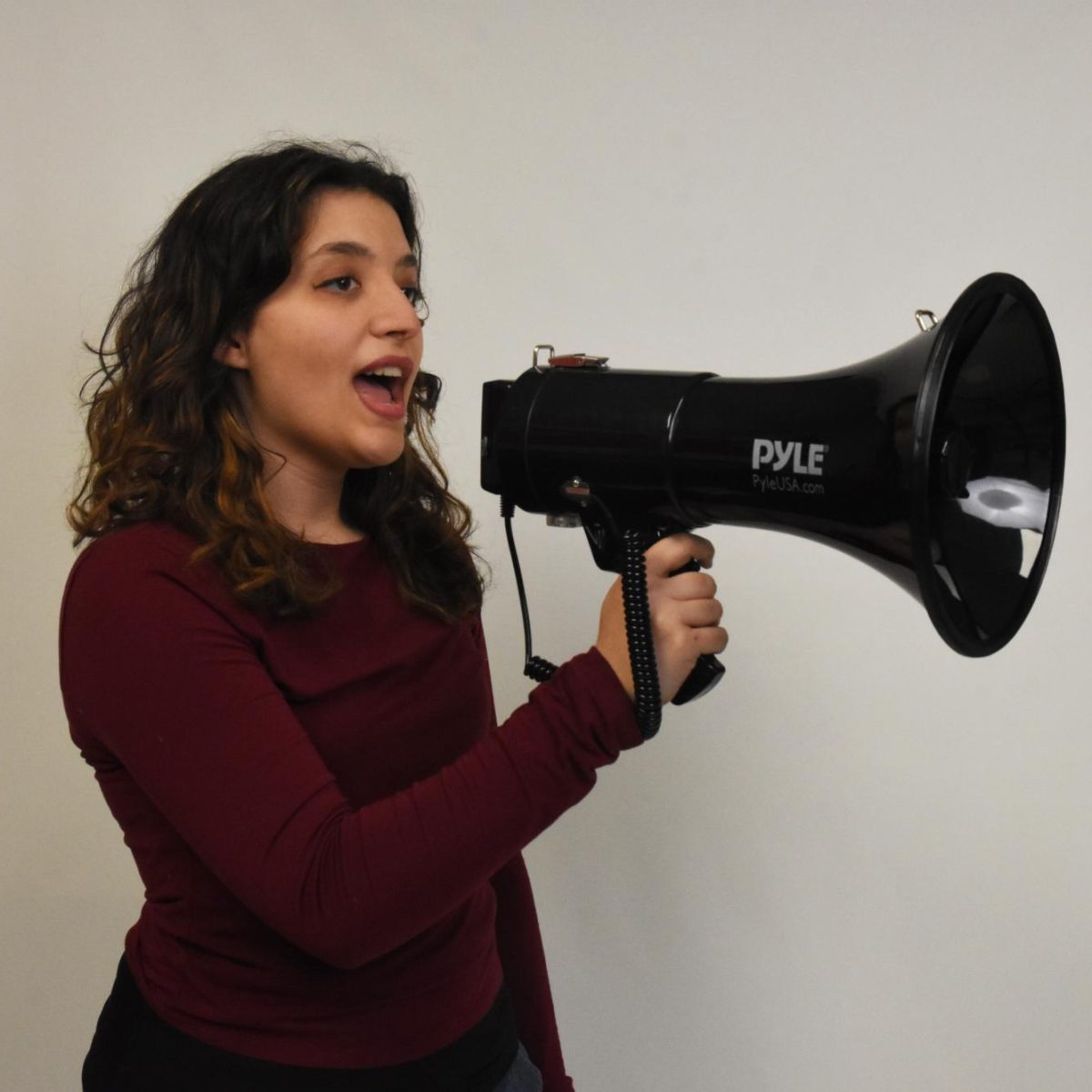
![SNAP HAPPY Recording on a GoPro for social media, senior Sam Mellon has recently started a weekly sports podcast. “[Senior] Brendan Feeney and I have been talking about doing a sports podcast forever. We love talking about sports and we just grabbed [senior] Will Hanas and went along with it,” Mellon said.](https://mhsnews.net/wp-content/uploads/2025/04/sam-892x1200.png)

